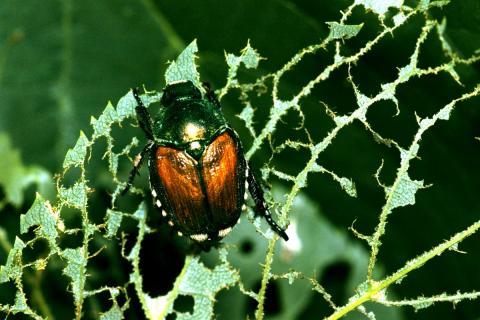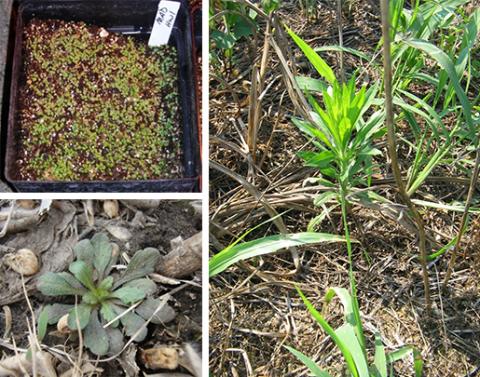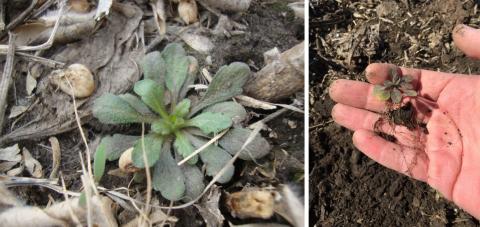Detecting Invasive Species: Medusahead
March 10, 2017
Growers are encourage to watch for Medusahead, an invasive weed species that is now in Wyoming and moving eastward. If it reaches the Pine Ridge area or Sandhills, it could cause devastating damage to the ecology and range production. The concept of early detection and rapid response, as described here, will be important to its containment.
Nebraska Extension Pest of the Month: Japanese Beetle
February 1, 2017
Insects are a part of our environment. Most are beneficial, not problematic. In fact, only a small percentage — less than one percent of all insects — are considered pests. However, some pests can be very problematic because they are invasive insects that came here from another country and they came here without their natural predators.
Nebraska Extension Pest of The Month: Horseweed
January 5, 2017
Horseweed (marestail, Conyza canadensis L.) is a unique weed species that can emerge in both fall and spring. In Nebraska, unlike the eastern Corn Belt, horseweed populations predominantly emerge in fall as a winter annual.
Fall is Optimal for Marestail Management
October 28, 2016
With corn and soybean harvest nearing completion in Nebraska this is a great time to begin scouting fields for winter annual weeds like marestail. Timing is critical to successful control of marestail, especially in no-till soybeans as many populations have evolved resistance to glyphosate and ALS-inhibiting herbicides.
Nebraska Extension Pest of the Month: Cheatgrass
October 17, 2016
The winter annual weed species cheatgrass is competitive with crops, desirable forage, and native plants and will reduce productivity of crop and range land. Learn how grazing, mowing, and properly timed herbicide application can be integrated to provide effective control.




